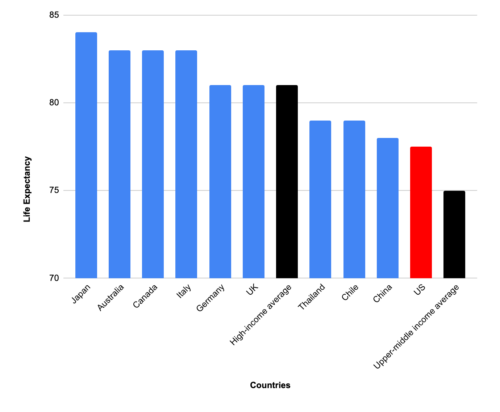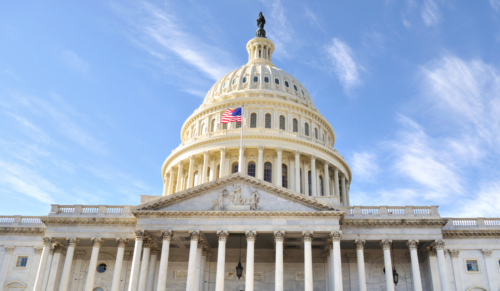Some Observations on Proposed Capital Requirements
By: / 01.04.2024
Strong capital requirements help protect taxpayers and prevent financial crises. As the savings and loan industry bailout of 1989 and the 2008 financial crisis underscore, when banks take on too much risk with too little capital, workers, small businesses, and American taxpayers pay the price.
PPI believes strong, tangible capital requirements for depository institutions are key to ensuring a well-functioning banking system. Given the collapse of Silicon Valley Bank and Signature Bank last spring, we applaud federal regulators for undertaking a review of what changes are needed to prevent similar outcomes in the future.
With regard to the proposed rule to increase capital standards on large banks by as much as 20%, we find ourselves in agreement with Senator Mark Warner of Virginia. As the Senator stated earlier this fall, we must “make sure that when we think about the safety and soundness of the system, we think about the interaction between interest rate rise, capital standards, and other factors.”
Or in other words, given the many economic challenges facing the nation today — a 22-year high federal funds rate, an inflation rate that has dropped significantly but remains higher than the Fed’s target, weakening loan demand, and ongoing political dysfunction — regulators must be careful that the impact of any changes in capital requirements not inadvertently hurt middle-and working-class families and small businesses.
Balancing the safety and soundness of the financial system has always been a difficult tightrope to walk. But that is the job of banking regulators. Regulators may be correct that higher capital standards may be needed, but the evidence must be clear, rational, and thorough.







